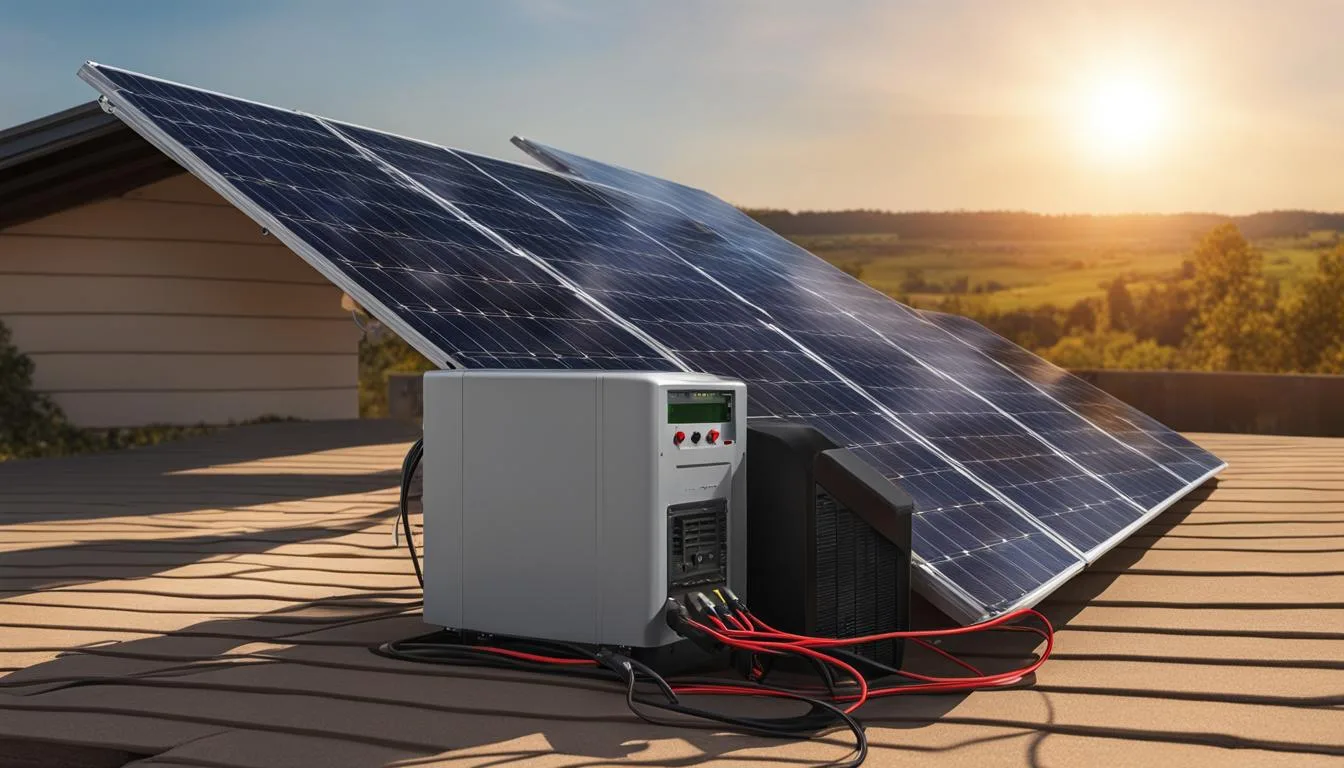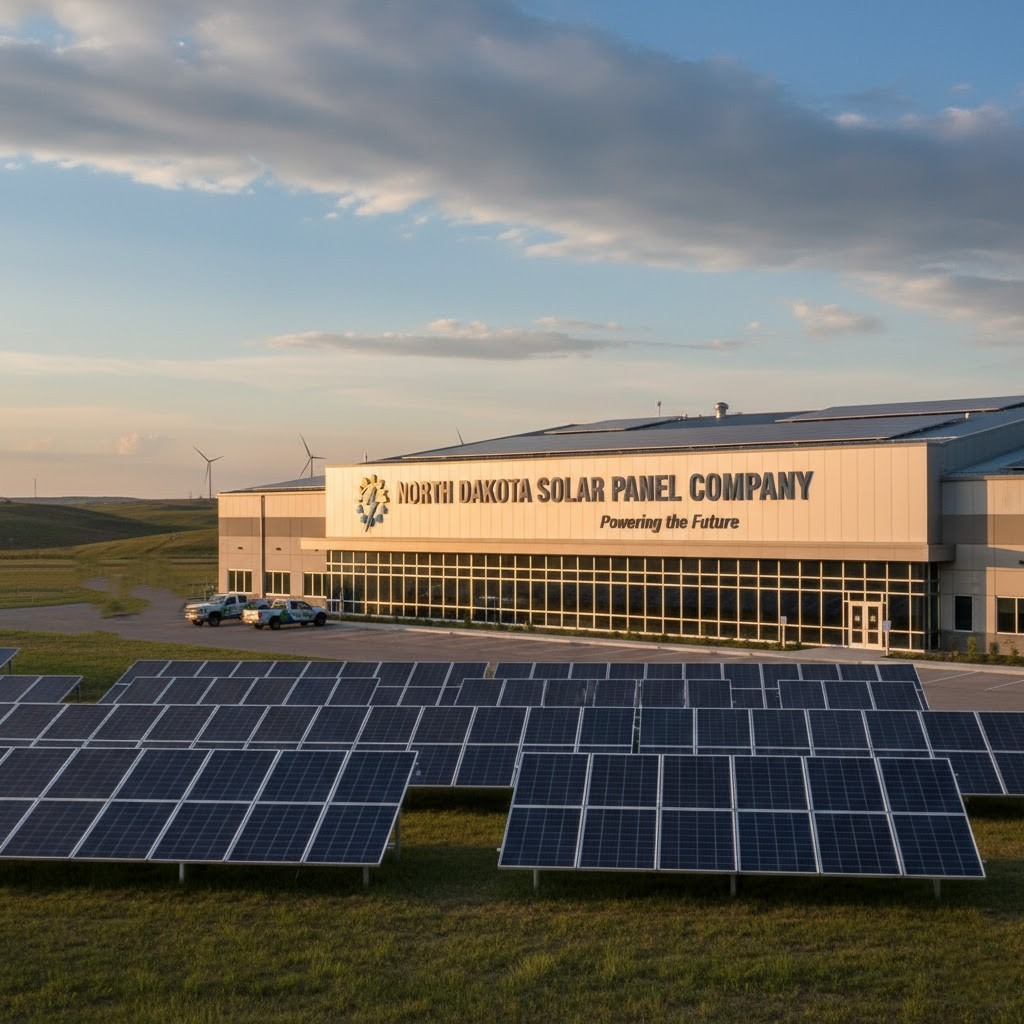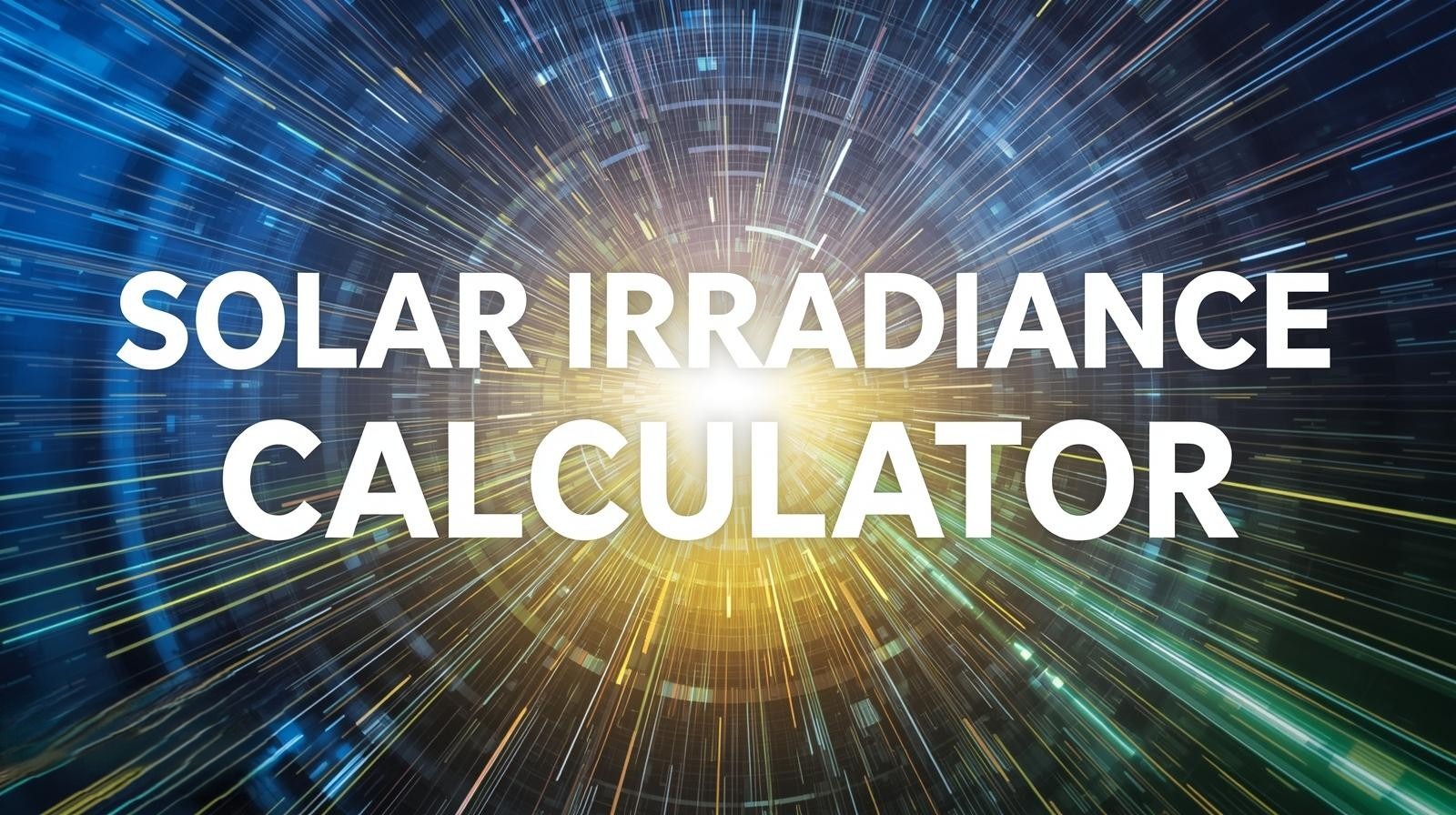As solar energy adoption grows, batteries are becoming essential for storing excess power and ensuring energy independence. Choosing the right solar battery depends on factors such as cost, lifespan, efficiency, and application. Here’s a quick guide to the most common types of solar batteries.
1. Lithium-Ion Batteries
The most popular choice today, lithium-ion batteries offer high efficiency, long lifespan, and compact design. They charge quickly, require minimal maintenance, and are ideal for residential and commercial systems. While slightly more expensive upfront, their durability makes them a cost-effective option.
2. Lead-Acid Batteries
A traditional option, lead-acid batteries are affordable and reliable but come with shorter lifespans and lower depth of discharge (DoD). They are best suited for small-scale or backup applications where budget is a concern.
3. Flow Batteries
Flow batteries store energy in liquid electrolytes, offering scalability and long cycle life. They are suitable for large-scale projects or community solar systems. However, their size and high cost make them less practical for residential use.
4. Nickel-Based Batteries
Nickel-cadmium and other nickel-based variants are durable and can withstand extreme temperatures. They are often used in industrial and remote applications but are less common in residential solar due to higher costs and environmental concerns.
Key Considerations When Choosing:
● Capacity & Power Rating – Match storage size with your energy needs.
● Lifespan & Warranty – Look for batteries with long cycle life.
● Depth of Discharge (DoD) – Higher DoD means more usable energy.
● Cost vs. Value – Balance budget with long-term efficiency.
Each solar battery type serves different needs. By weighing performance, cost, and scalability, homeowners and businesses can choose the best option to maximize solar benefits and ensure energy resilience.




